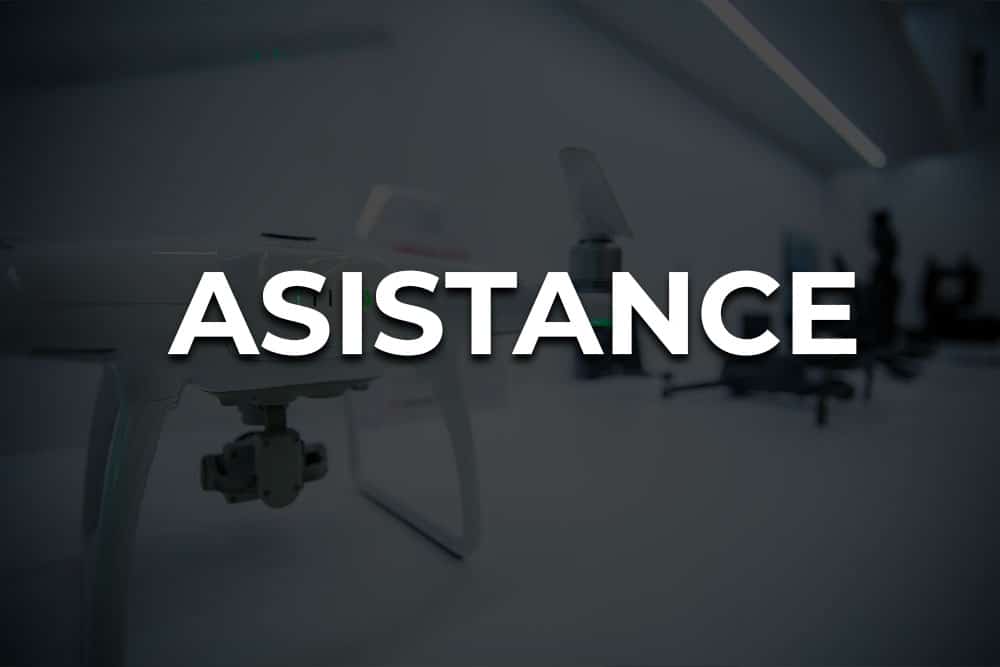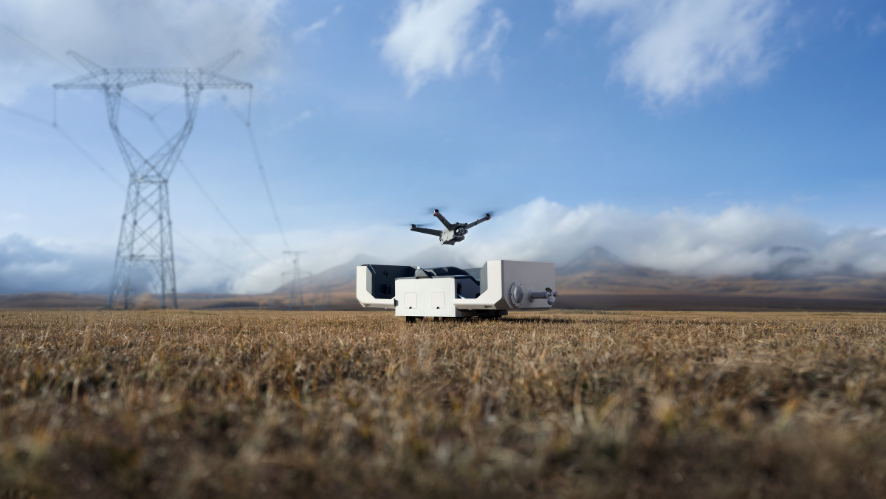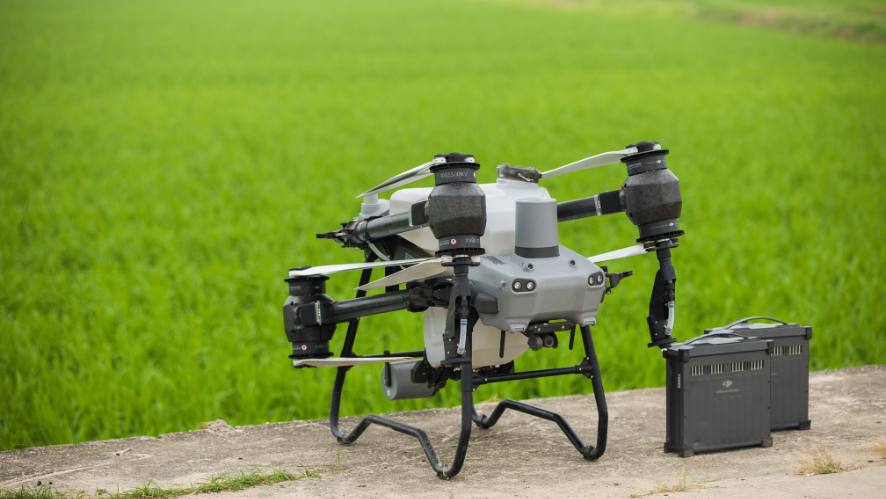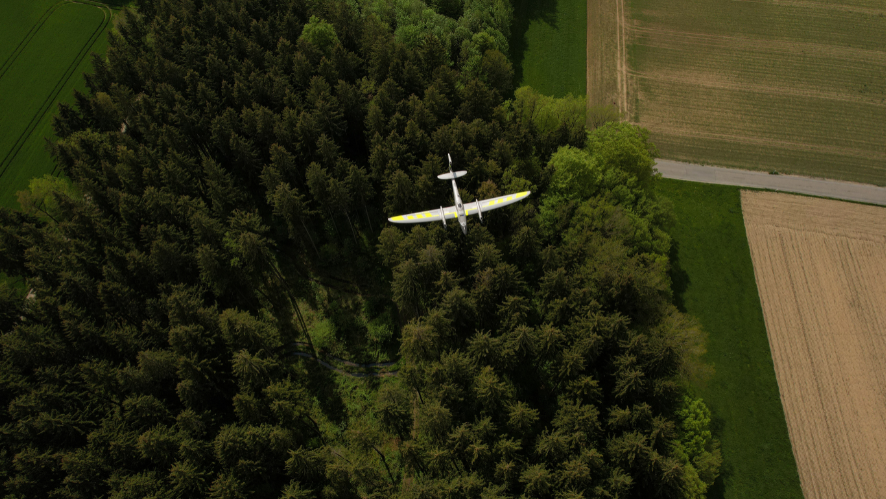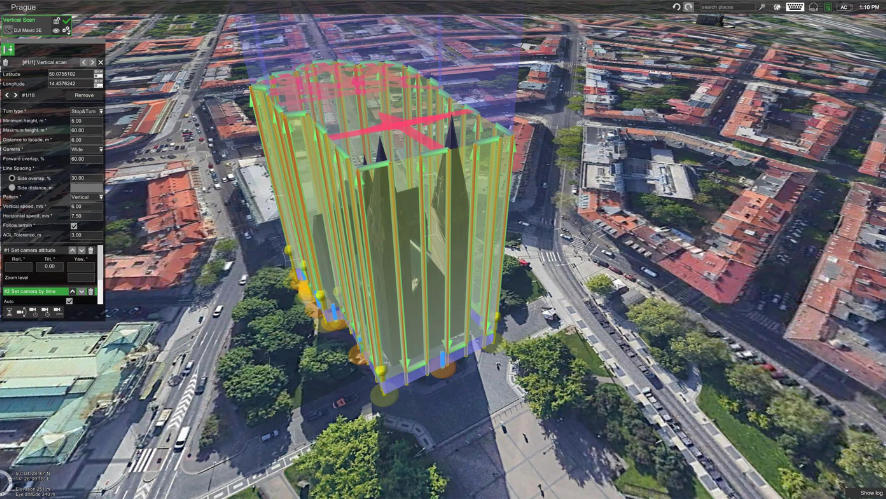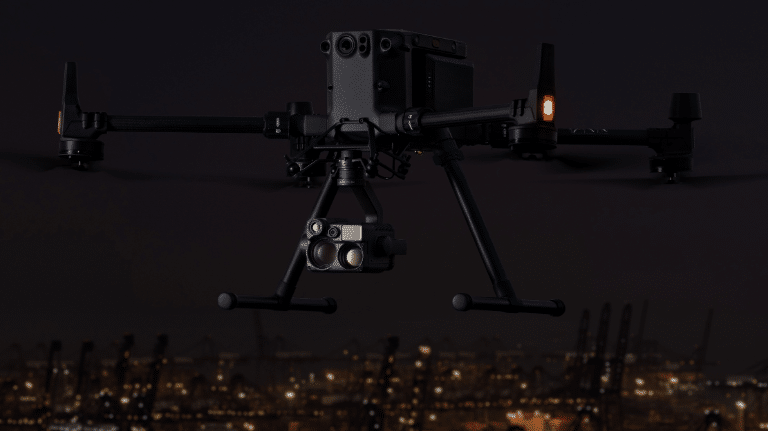Everything you need to know about night vision drones.
Public safety agencies and emergency inspection teams use drones every day to assist them in their missions. These highly mobile aerial cameras can be flown in minutes to cover vast terrain, faster and more effectively than conventional ground tools. This feature is proving to be a boon for first responders who need all the information possible to make the right decisions. But the reality is that duty often calls when the sun has already set.
Most emergency search and rescue (SAR) operations take place at night, when visibility is minimal. To provide rescue teams with an extra margin of safety and immediate recognition of scenes in the dark, DJI has developed drones with night vision capabilities.
What does night vision technology consist of?
Human vision is limited to a small section of the electromagnetic spectrum known as visible light. Other portions of the spectrum cannot be perceived by the naked eye. A camera, on the other hand, can pick up different wavelengths of light if it is equipped with the right sensors.

Night vision means the ability to visualise in dark, low-light environments. Different technologies make night vision possible, the most common being thermal imaging and starlight/low-light sensors.
Thermal imaging
Thermal imaging works by detecting the thermal energy, or heat source, naturally emitted by animate and inanimate objects. Thermal cameras house a system of highly sophisticated lenses and sensors that allow invisible infrared frequencies to pass through so that the surface temperature of an object can be measured. The resulting data is used by the image processor to create what is known as a thermogram or colour map displaying different temperature values.
At night, the temperatures of the ground and the environment cool down, while the human body maintains a higher temperature. It is this thermal difference that is detectable, which makes thermal drones an important night vision solution.
Although highly sensitive, thermal cameras can be affected by various factors, such as the time of day, surface conditions and the reflectivity of an object. In these scenarios, starlight/low-light sensors can complete the work of first responders.
Night sensors
Low-light sensors work on the principle of collecting small amounts of available light from sources such as starlight or moonlight and amplifying them to obtain a better view.
Night sensors use a technique called digital image enhancement, which is a newer version of traditional light amplification technology. In digital image enhancement, a CMOS sensor is used to convert light into digital signals. These signals are then electronically enhanced and magnified several times for greater clarity before being projected onto a screen as visible light images.
These types of sensors have a wider aperture and reduced shutter speed so that more light can reach the camera. The sensors work in conjunction with algorithms that suppress image noise and improve image quality. Night vision drones employ digital image enhancement because it allows for more compact, lightweight and versatile payloads.

Which DJI sensor has night vision?
DJI Zenmuse H20N: “N” for night vision. The Zenmuse H20N integrates starlight sensors into its zoom and wide-angle cameras. Combine this with dual zoom thermal cameras and a laser rangefinder and you have a versatile hybrid payload that rises to the occasion. The zoom and wide-angle cameras are equipped with starlight sensors tailor-made for low-light environments. Find out more here.
DJI Mavic 3T: The thermal version of the Mavic 3 Enterprise comes equipped with a camera that supports a hybrid zoom of up to 56x, providing a detailed view of essential elements even at considerable distances. This capability makes it ideal for a variety of applications, including firefighting, search and rescue operations, inspections and night-time activities. Find out more here.
DJI Matrice 30T: A drone resistant to adverse weather conditions, incorporating a high-performance thermal sensor and accompanied by DJI RC PLUS. Its size makes it ideal for transport and agile setups. The model features a 48MP CMOS sensor and a 12MP wide-angle camera, providing advanced image capture capabilities. Find out more here.
What you need to know about flying drones with night vision.
ANAC rules for flying at night
Can I fly at night?
Yes. Operators can operate in the open category and its subcategories day and night without authorisation from ANAC. Operators must, however, for example in the open category, ensure that a green flashing light is activated on the unmanned aircraft.
Accessories for DJI night vision drones
Mavic 3 Enterprise Thermal – The beacon accessory that indicates the aircraft’s location at night is already included with this drone. The beacon complies with night operations regulations. It also has a focus below the aircraft to assist in landing. The Mavic 3T is compatible with the CZI GL10 which is a smart searchlight with advanced AI tracking capabilities and a red and blue flashing light, along with the dual-pitch gimbal searchlight.
Matrice 350 RTK – Safety beacons pre-installed on the top and bottom of the drone allow the aircraft to be identified at night or in low light conditions. The M350 RTK is compatible with the Wingslang Z15 spotlight, powered by DJI SkyPort, and has an operating range of up to 150 metres.
Matrice 30T – Integrated safety beacons help identify the drone during flight and auxiliary lights allow the visual positioning system to achieve even greater precision during night operations. The M30T is a CZI LP12 search and transmit system. It is an integrated searchlight and transmission payload designed specifically for the DJI Matrice 30 drone model.
Flying in restricted airspace
Although it is completely legal to fly a drone at night, airspace authorisations are still required for night operations in controlled airspace below 400 feet. These can be obtained almost in real time through authorisation service providers and low-altitude notification capability.
Regular GEO and FlySafe zone restrictions still apply. If you need to unlock a GEO zone, check here.
Safety tips for night drone operations
- Keep a pre-flight checklist and follow it carefully. Ensuring that the GPS signal and Return To Home (RTH) settings are correct becomes even more important during night flying.
- Look 5 to 10 degrees off-centre from the drone to help compensate for any night blind spots. But as maintaining a visual line of sight (VLOS) is more difficult at night, you can also bring along a visual observer to help you.
- If you’re not familiar with the area you’ll be flying into, consider exploring the location on Google Maps satellite view for a better understanding of the topography.
- You can also fly at a higher altitude to avoid possible obstacles such as trees and power lines.
- Land the drone immediately if you can’t determine its location in relation to another aircraft.
- Use a landing platform and illuminate the landing site so you don’t lose sight of it.
- Be sure to be aware of the limitations of your equipment and check the weather forecast to make sure the climate is compatible with your drone.
In conclusion, night vision drones are being increasingly exploited by companies and security agencies, as well as inspection teams. The technology reduces costs and risks. This type of equipment can be used for search and rescue, policing, emergency response, security surveillance, emergency inspections, wildlife and environmental monitoring and management and much more. Contact us to buy a model or find out more technical information!



